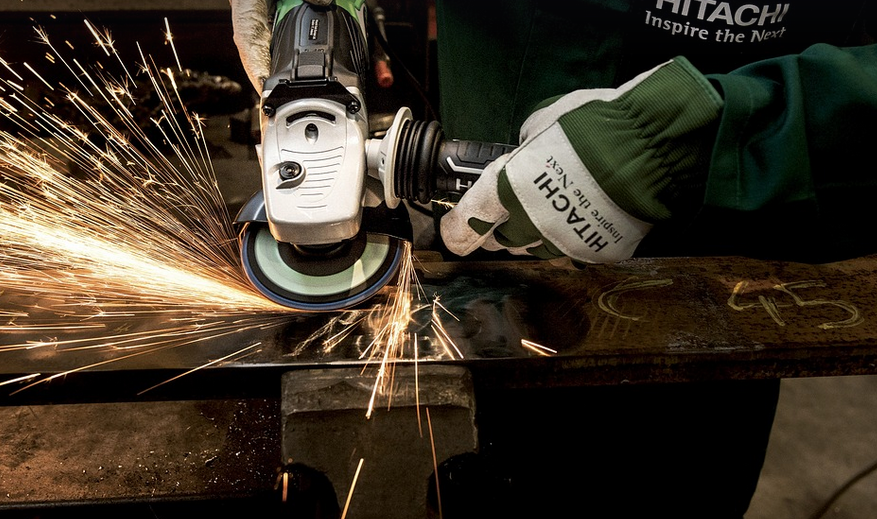Tackling Tough Adhesives in 2024
We all know that feeling, right? You’re trying to get ahold of something— maybe it’s a stubborn sticker on that new gadget you bought, or those pesky glue residue marks on your furniture. And then, BAM! Adhesive resistance hits you like a ton of bricks.
Don’t despair, friend! WD-40 is here to save the day (and your sanity). This ubiquitous multi-purpose tool has been used by generations to tackle everything from sticky situations to rusted hardware. But have you ever considered its power against adhesive?
Here’s the lowdown on how WD-40 can become your go-to solution for removing stubborn adhesives in 2024 and beyond.
**The Science Behind the Smooth Groove:**
WD-40’s magic lies in its unique formula. This multi-purpose lubricant is a blend of lubricants, solvents, and detergents that work together to loosen even the most stubborn adhesive. The key ingredients are:
- **Lubricants:** These help reduce friction between the adhesive and the surface it’s stuck to, making it easier to remove.
- **Solvents:** WD-40’s solvents break down the chemical bonds holding the adhesive together. This softens the adhesive and makes it more flexible, allowing you to peel it away.
- **Detergents:** These help dissolve any lingering residue left behind after the adhesive is removed.
**Why WD-40 Reigns Supreme: A Battle Plan for Adhesive Removal**
WD-40’s adhesive-removal prowess can be attributed to its ability to penetrate and break down various types of adhesives, including:
- **Adhesives on Metal:** This includes everything from glue residue on your bike frame to sticker stuck to a metal cabinet door.
- **Adhesives on Plastic:** WD-40 can tackle stubborn adhesive on toys, furniture, and even delicate electronics like smartphones cases.
- **Adhesives on Wood:** This includes sticky spots on wooden furniture or craft projects with glue residue.
But its power isn’t just limited to these common scenarios. WD-40 has proven effective against a diverse range of adhesive types, making it a versatile choice for tackling a variety of adhesive challenges.
**The Art of the Application: A Step-by-Step Guide**
Here’s where your creativity and a bit of know-how come in.
- Step 1: Preparation is Key: Before you even think about unleashing the WD-40, make sure you have all your tools ready. A small brush or cloth will be great for cleaning and applying. Your target area should be clean and dry for optimal results.
- Step 2: The Power of Spray: This is your moment! Wield the WD-40 can confidently. Aim the nozzle directly at the adhesive you want to tackle, ensuring an even coating across the surface.
- Step 3: Let it Work Its Magic: Allow the WD-40 to work its magic for a while. You’re not trying to rush things but rather allow the lubricant and solvent combo time to penetrate the adhesive. Typically, this will take about five minutes.
- Step 4: Time for some Action: After letting the WD-40 sit on the adhesive, you can start gently working at it with your fingers or a tool like a scraper or putty knife. Be patient and work slowly to avoid damaging the surface.
**Pro Tips from the Experts:**
Using WD-40 to remove adhesive is more than just spraying and hoping for the best. It’s about understanding how to use this versatile tool effectively:
- **Test in a Hidden Spot:** Before you start applying it all over, test the WD-40 on an inconspicuous area first. This will help ensure that your chosen application method won’t damage the surface.
- **Warm Water and Soap: For Stubborn Cases: * For especially stubborn adhesive residues or sticky spots, use warm water and a gentle soap solution to rinse off the residue after the WD-40 has loosened it up.
- **Patience is Key:** Remember, this process takes time. Don’t rush things! Let the WD-40 work its magic for a while before you start prying or scraping.
- **Ventilation:** When using WD-40, ensure adequate ventilation to prevent buildup of fumes.
**The Bottom Line: A Lasting Solution For Sticky Situations**
So there you have it! WD-40 is more than just a spray for squeaky hinges and rusty bolts. It can also be your secret weapon in the battle against stubborn adhesives, leaving your surfaces clean and free of sticky residue in 2024 and beyond. Just remember to follow the steps carefully, and you’ll be able to tackle any adhesive-related challenges with confidence.
